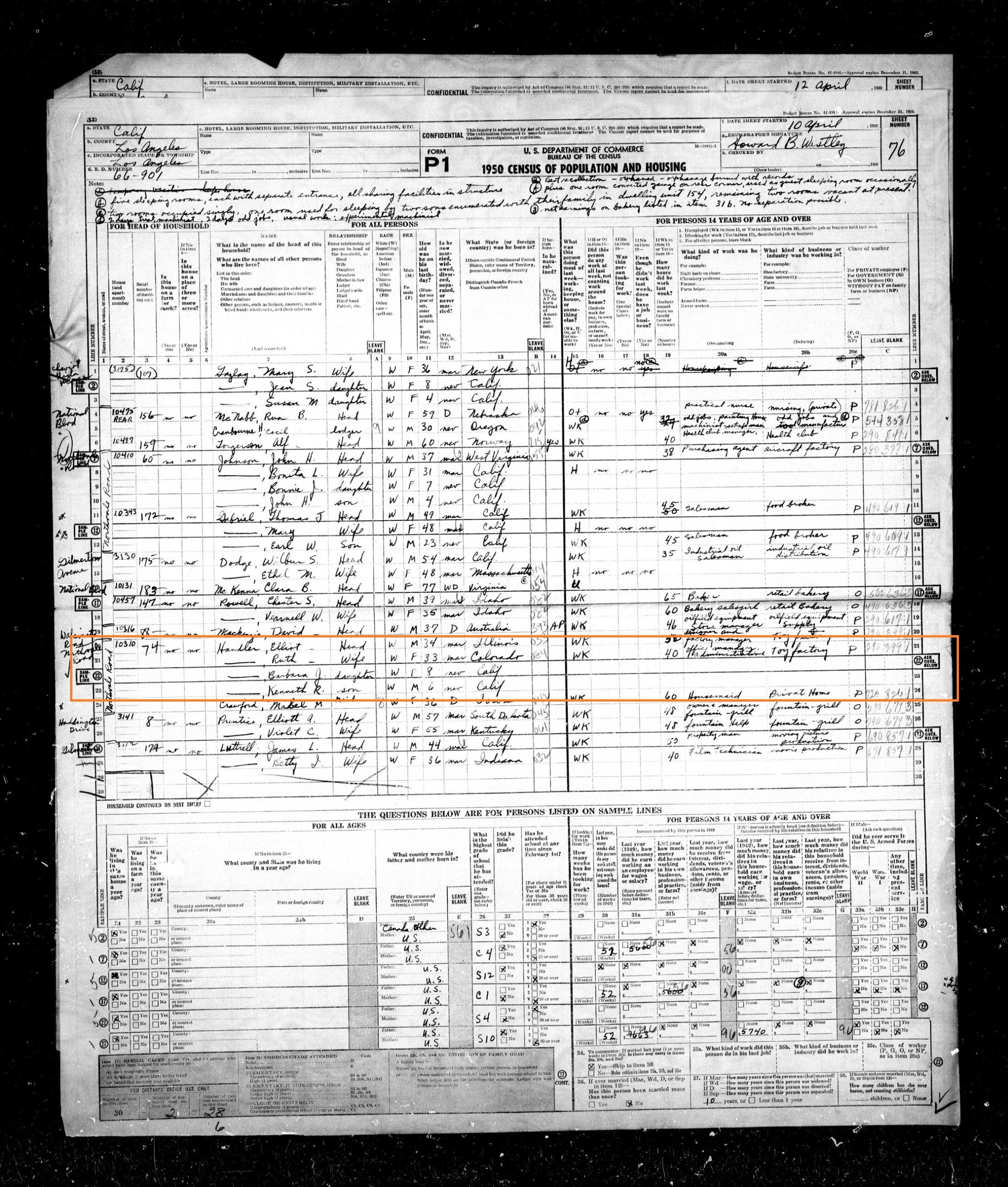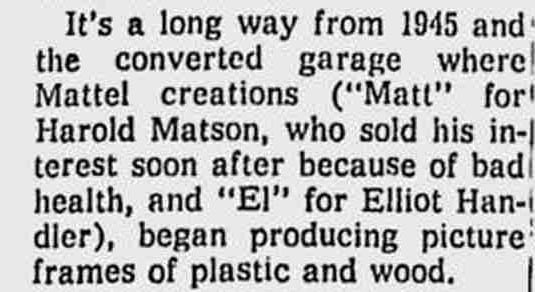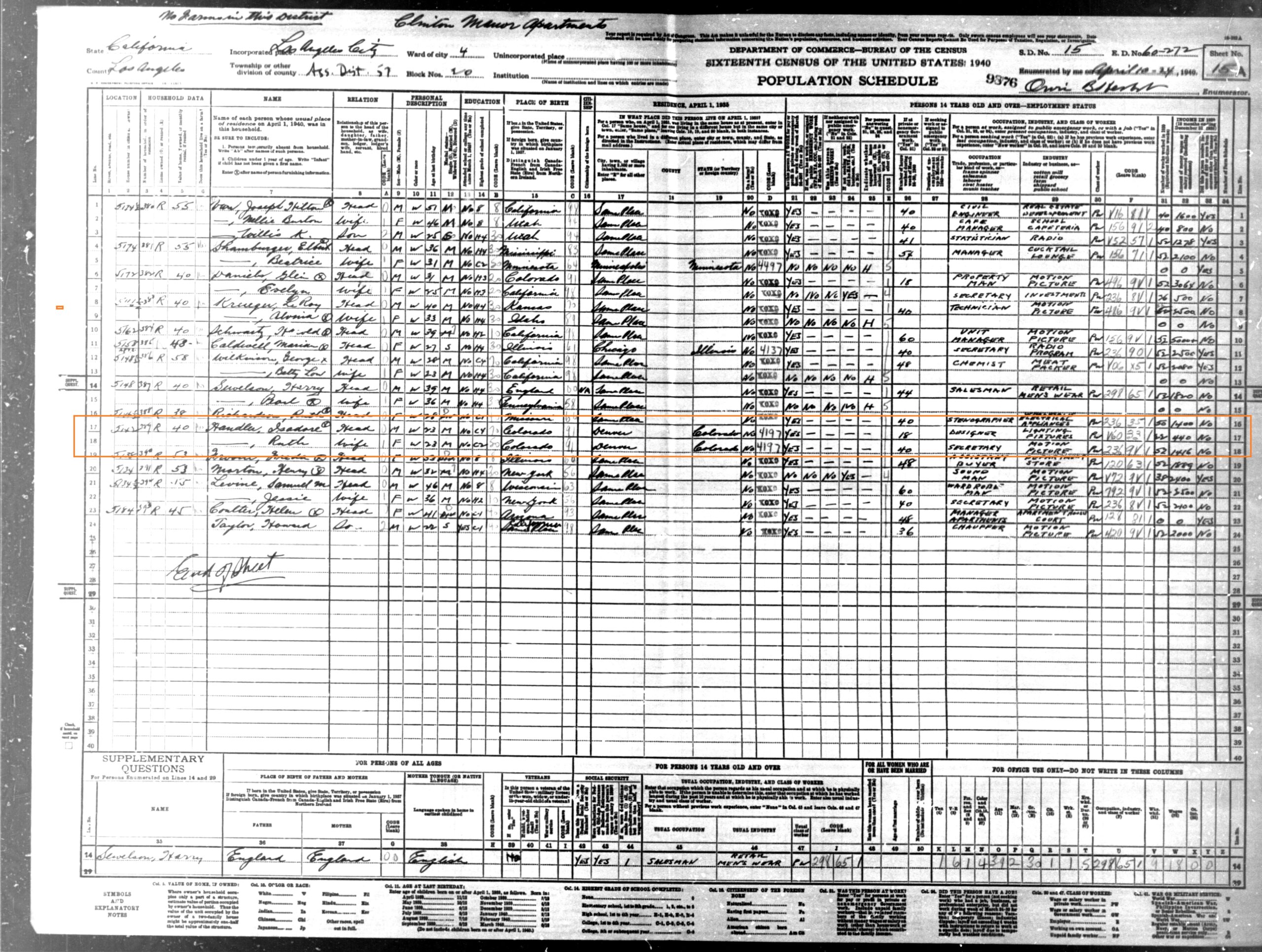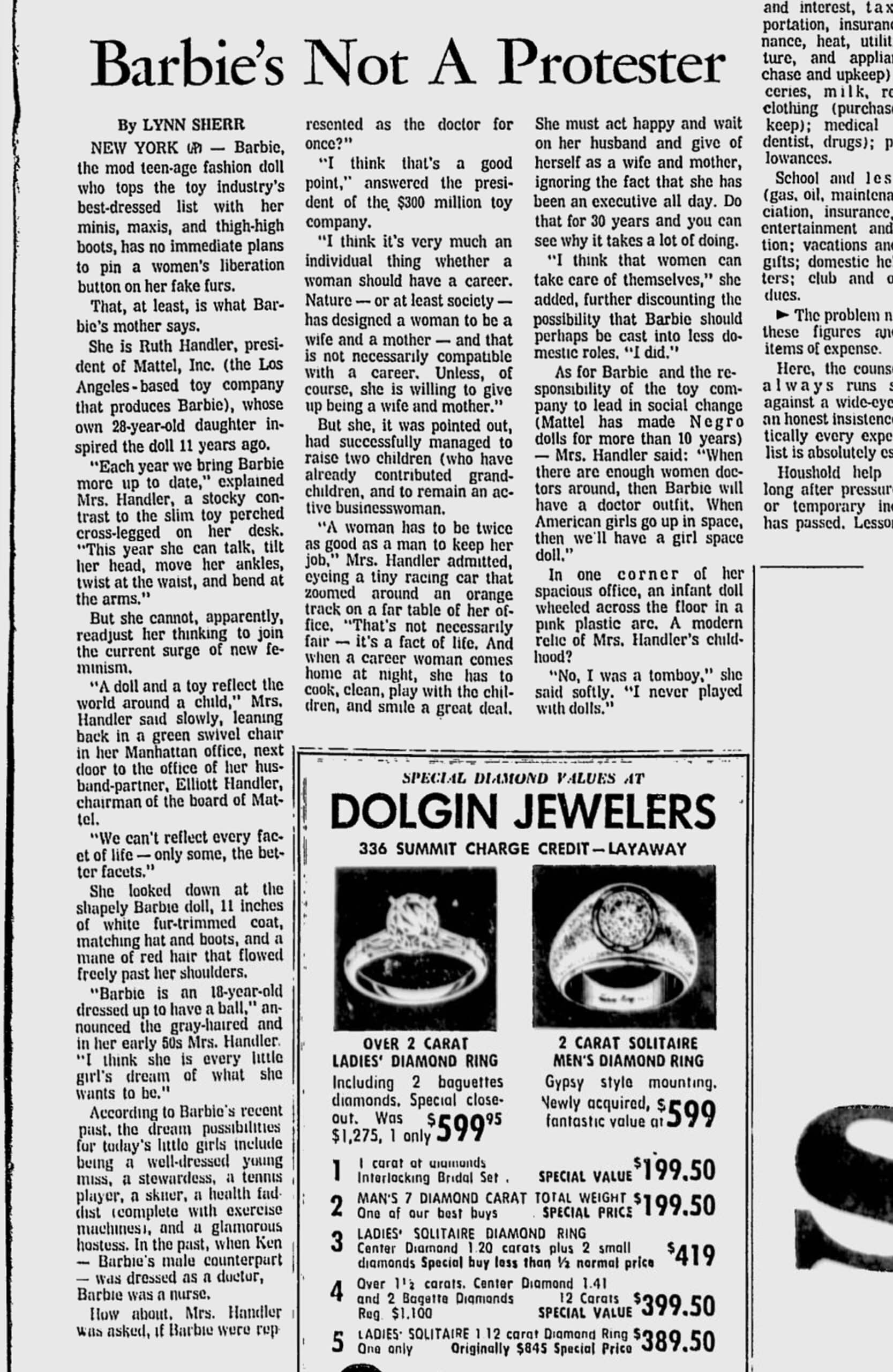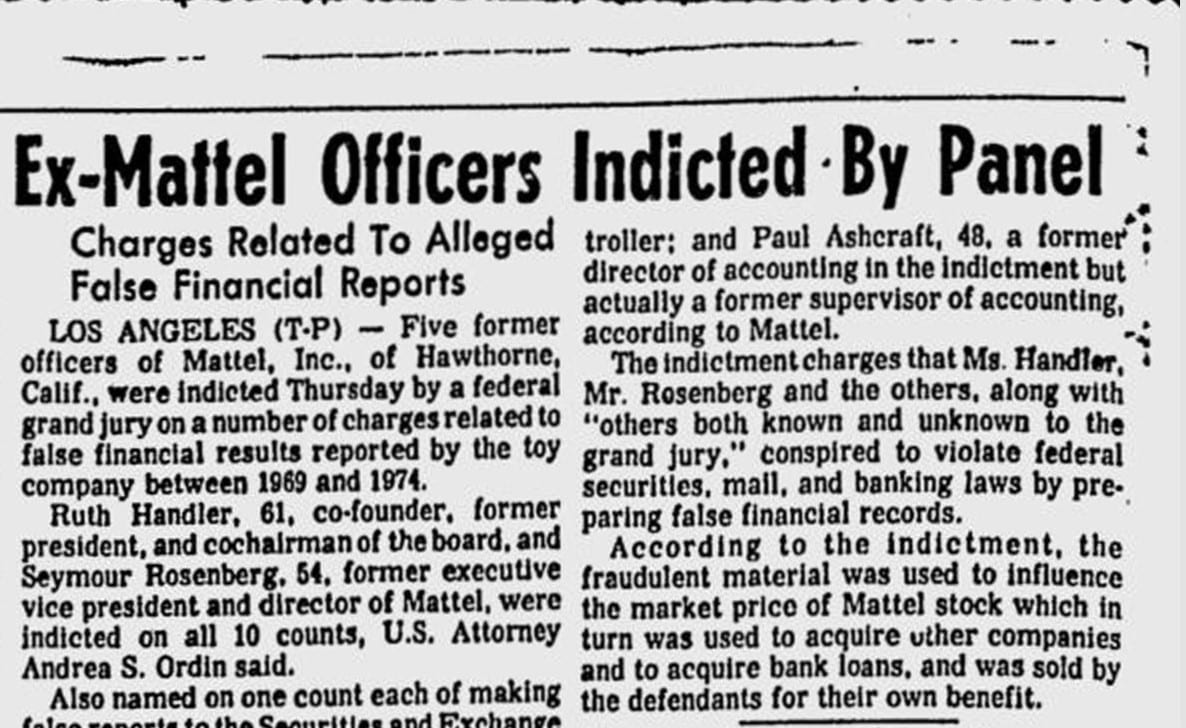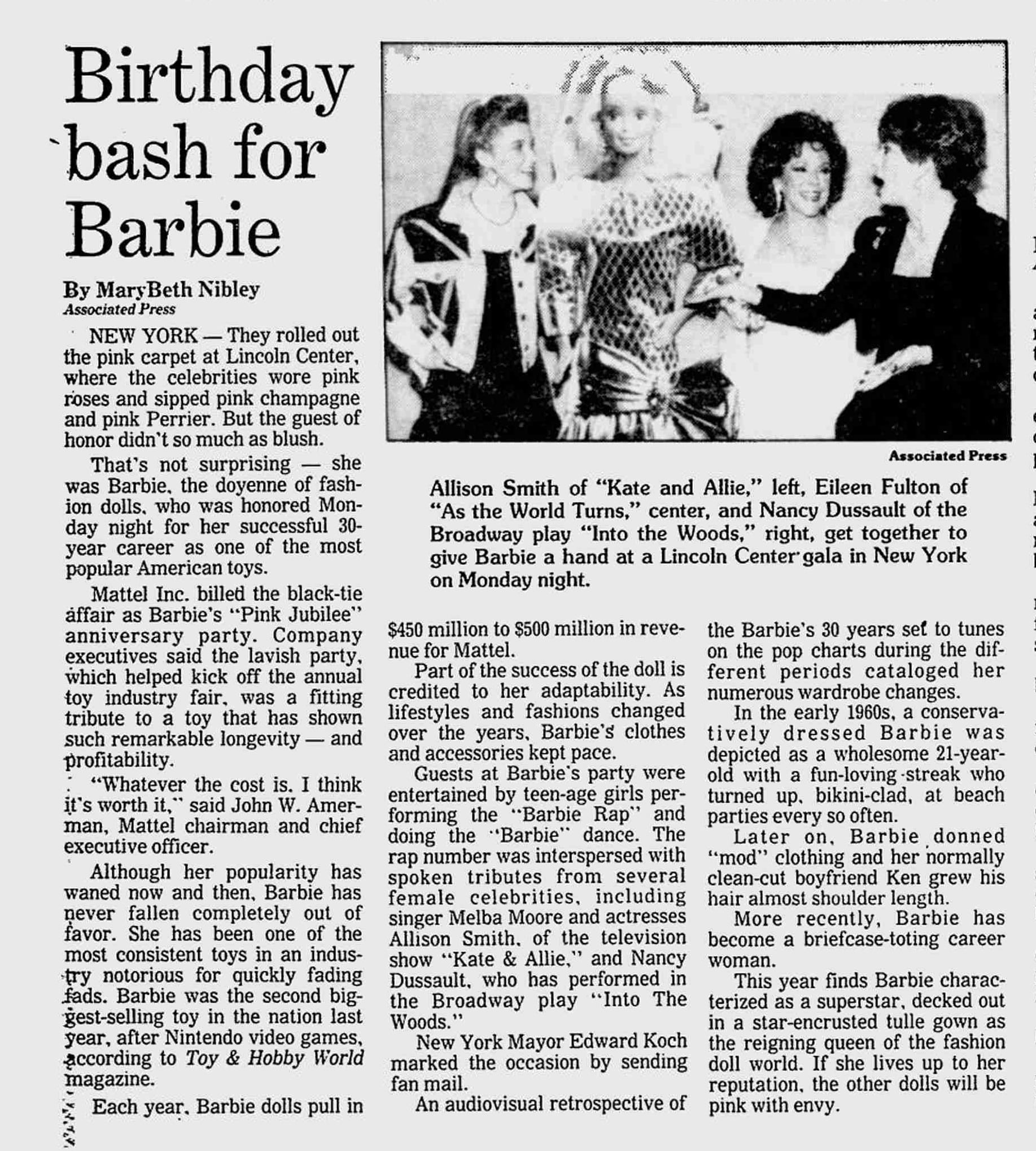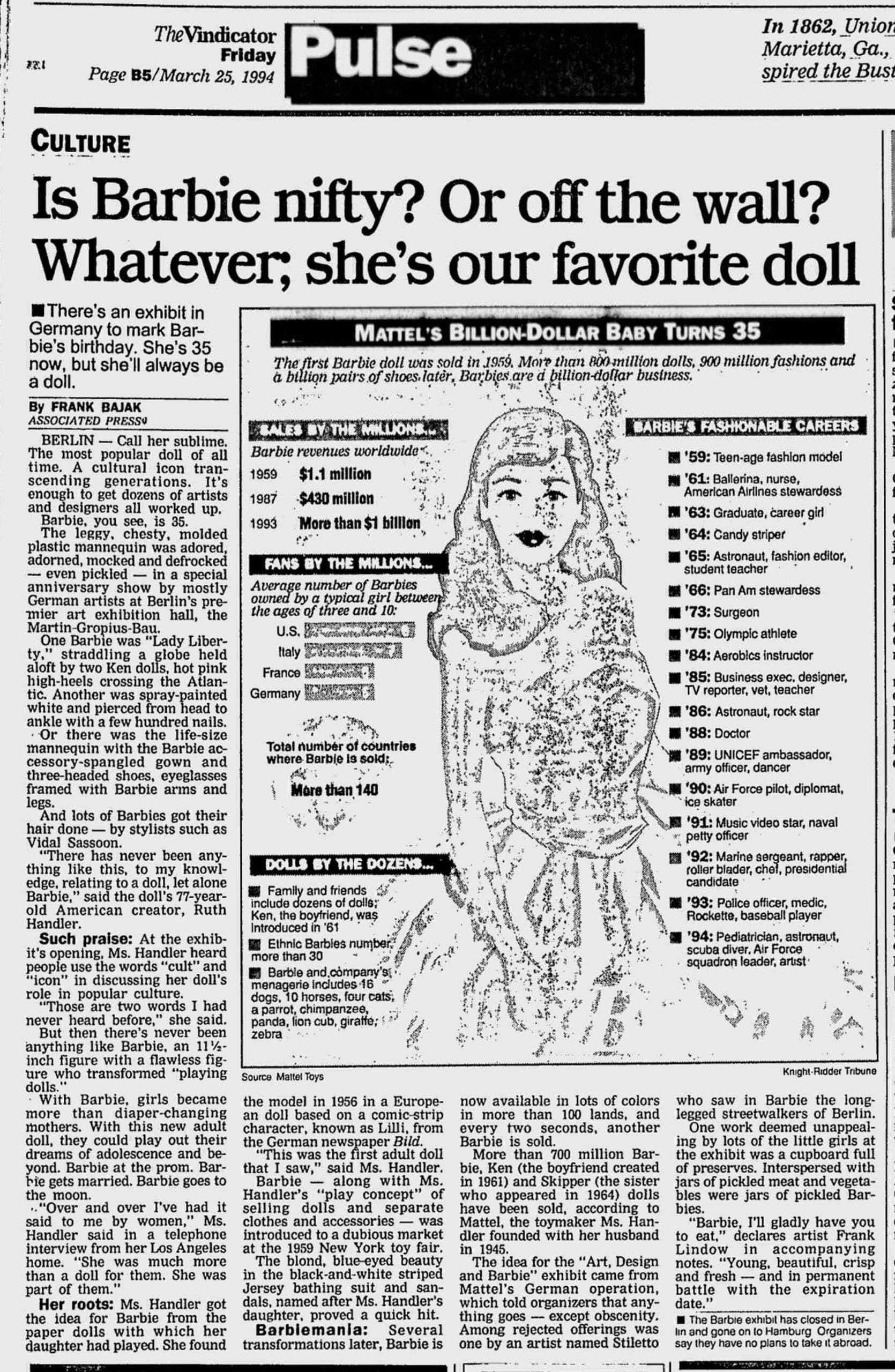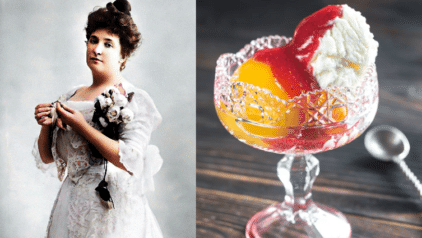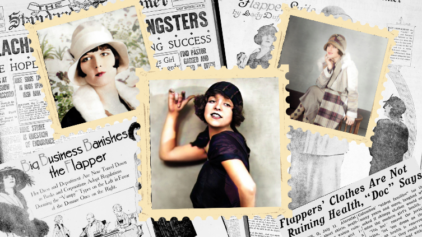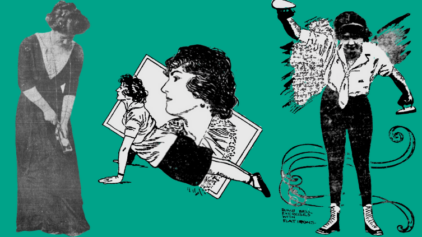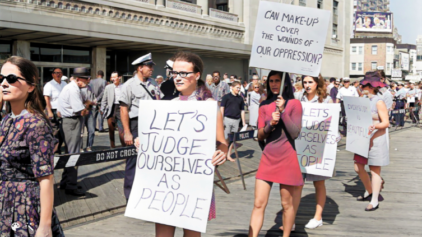8 Surprising Things You Should Know About the History of Barbie
- By Naama Lanski ·


The new Barbie movie is making a huge splash in theaters, with many finding it a surprising and refreshing take on the iconic doll. Love it or hate it, there’s no denying that the Barbie doll has had a huge cultural impact since it first hit the market in 1959.
Our Research team dove into the historical records on MyHeritage and found the following 8 fascinating facts about the toy and the people who developed it.
Search historical records on MyHeritage
1. Barbie and Ken are actually brother and sister
Ruth Handler, the creator of the Barbie doll, rightly referred to herself as “Barbie’s mom.” Barbie is named after Handler’s daughter Barbara Joyce Handler (born 1941). Barbie’s eternal boyfriend, Ken, is named after Barbara’s baby brother — Handler’s son —
Kenneth Robert Handler (born 1944).
Here they are in the 1950 U.S. census:
This is what the real Ken looked like when he graduated Hollywood High School in 1961:
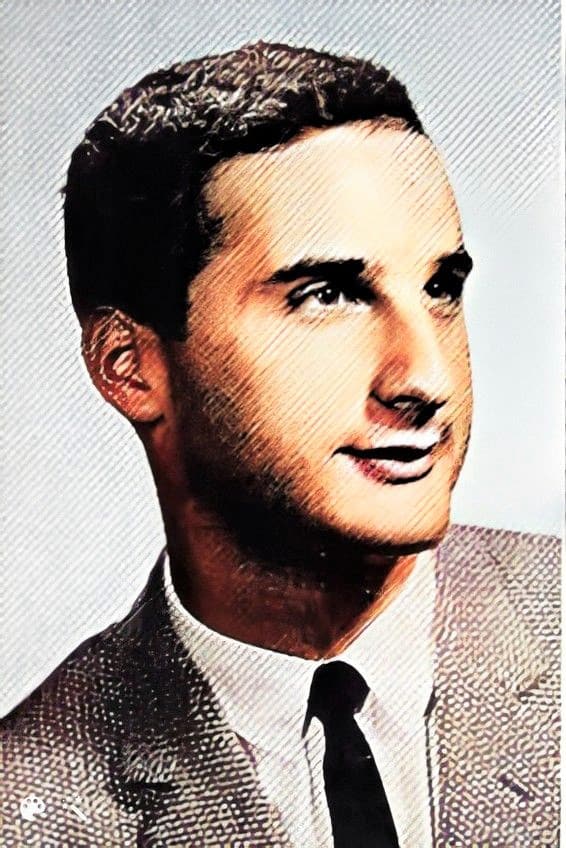
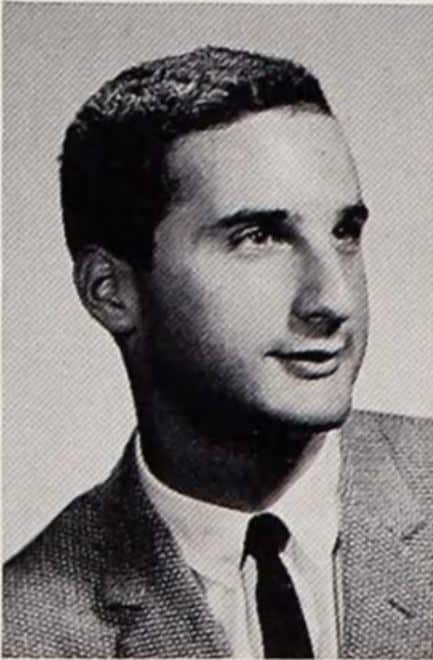
2. Barbie’s parents, Ruth and Elliot Handler, were the founders of the giant toy company Mattel
Established in 1945, Mattel’s first products were picture frames and then dollhouse furniture made from picture frame scraps. The name “Mattel” is a combination of the last name of Harold Matson, a temporary partner of the Handlers, and of Elliot Handler’s first name.
That’s right: “Barbie’s mom” was totally left out, despite being both the co-founder and the president of the company.
3. Barbie’s parents were high school sweethearts, together since they were 16
Ruth Marianna Mosko (Moskowitz, 1916–2002) was the youngest of 10 children born to Jewish Polish immigrants who settled in Denver, Colorado. Isadore Elliot Handler (1916–2011) was born in Chicago to Jewish Russian immigrants who later moved to Denver. The two married in 1938 and moved to California. This 1940 U.S. census record shows that Elliot was working 18 hours a week as a designer, while Ruth worked 40 hours a week as a secretary at Paramount Pictures, the film production company.
4. Barbie became a popular girls name in the U.S. (only) during the 1960s
Soon after the doll’s debut in 1959, American parents started naming their daughters Barbie.
According to official data from the U.S. Social Security Administration, Barbie was among the top 1000 most popular girls’ names between 1961 to 1968, with the highest peak in 1964. Before 1960 and after 1969 the name Barbie didn’t appear in the top 1000, if at all.
5. Barbie was subject to harsh criticism from women’s organizations, but her “mom” was unfazed
Beginning in the 1970s, alongside significant social upheavals and the rise of second-wave feminism, Barbie became a focal point for critical debates about body image, gender roles, and consumerism. The doll’s physique was pointed out to be unrealistic and unattainable, if translated to human proportions; her persona was fashion-focused, super privileged, and boy-crazy; and little girls who loved the doll were constantly encouraged to purchase new outfits, accessories, and playsets.
When addressing the issue in mid-1970, Ruth Handler clarified that “Barbie has no immediate plans to pin a women’s liberation button on her fake furs,” as noted in this Toledo Blade article:
In the article, Ruth says that “it’s very much an individual thing whether a woman should have a career. Nature — or at least society — has designed a woman to be a wife and mother — and that is not necessarily compatible with a career.” When the reporter pointed out that Ruth herself successfully raised two children while being an active businesswoman, Ruth responded that “a woman has to be twice as good as a man to keep her job,” and that when a career woman comes home, she needs to “cook, clean, play with the children, and smile a great deal. She must act happy and wait on her husband and give of herself as a wife and mother, ignoring the fact that she has been an executive all day.”
However, over the years, Barbie’s mom went through quite a significant personal and physical journey.
6. “Barbie’s mom” was indicted for conspiracy and fraud
In 1978 Ruth Handler and several other former officers of Mattel were indicted on charges of fraud and false reporting to the Securities and Exchange Commission. She resigned from Mattel in 1974, during the investigations, and was later fined $57,000 and sentenced to 2,500 hours of community service.
7. She then opened a new chapter in her career — as a manufacturer of silicone breast prostheses
After being diagnosed with breast cancer and undergoing a mastectomy, Ruth Handler learned it was almost impossible to find a well-fitting breast prosthesis. To address this need, in 1976, she founded a silicon breast prostheses line called Nearly Me.
8. Barbie isn’t really making a comeback because she never went out of fashion
For Barbie’s 30th birthday, for example, a “Pink Jubilee” gala was thrown for her at the Lincoln Center in New York City:
According to this article, “although her popularity has waned now and then, Barbie has never fallen completely out of favor. She has been one of the most consistent toys in an industry notorious for quickly fading fads.”
When Barbie turned 35, a special exhibition was dedicated solely to her at the Martin-Gropius-Bau exhibition hall in Berlin:
“There’s never been anything like Barbie,” reads the article in The Vindicator on the exhibition. According to the article, the Barbie doll was generating $1 billion in revenues; the average girl aged 3–10 in the U.S. owned 8 Barbies; and the doll was sold in more than 140 countries. Her creator’s reservations about feminism notwithstanding, the changing tides in terms of women’s career opportunities are reflected in the popularity of different Barbie doll careers. Whereas in the 50s and 60s, girls enjoyed Barbie doll models, ballerinas, nurses, and teachers, by the early 90s, the most popular Barbies included pilots, military and police officers, politicians, athletes, and doctors. The articles says that there were 30 “ethnic” Barbies at the time it was printed; today, there are Barbies of 35 skin tones, 97 hairstyles, and 9 body types as well as Barbies with disabilities.
It has certainly been a long journey for Barbie, and it’s clear that she is just as relevant as ever more than 60 years after the first doll hit the shelves.
Discover more fascinating stories in our newspaper collection!
